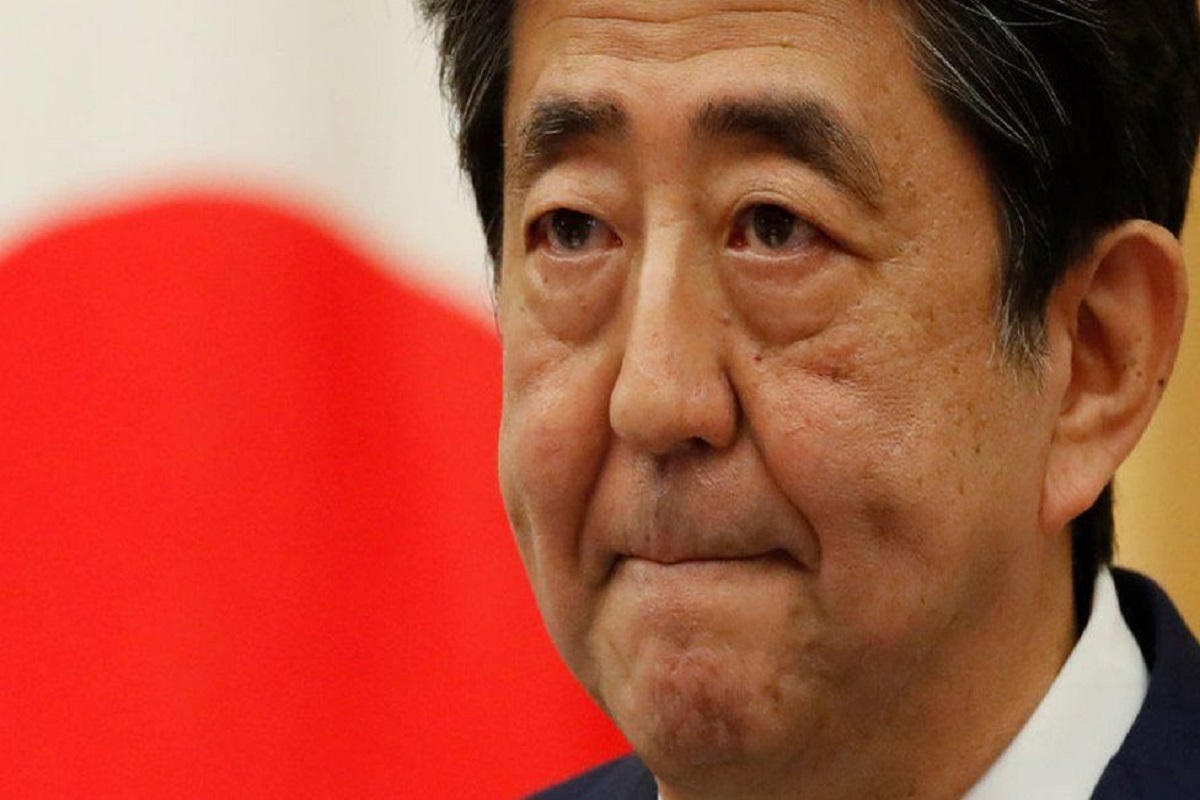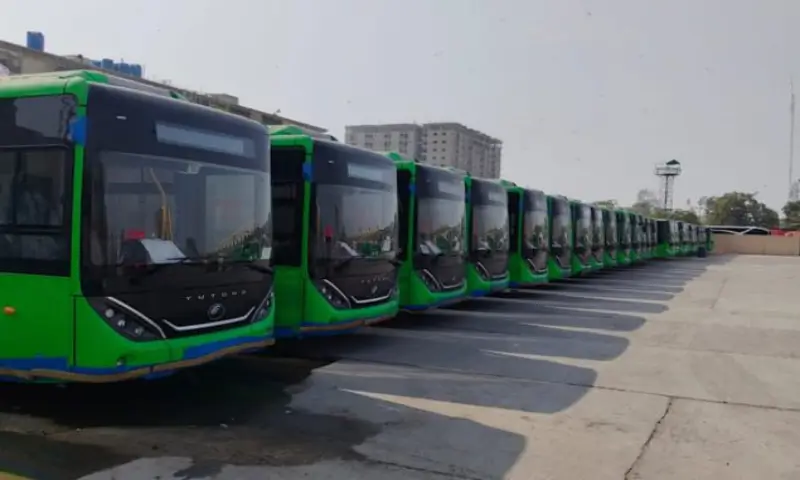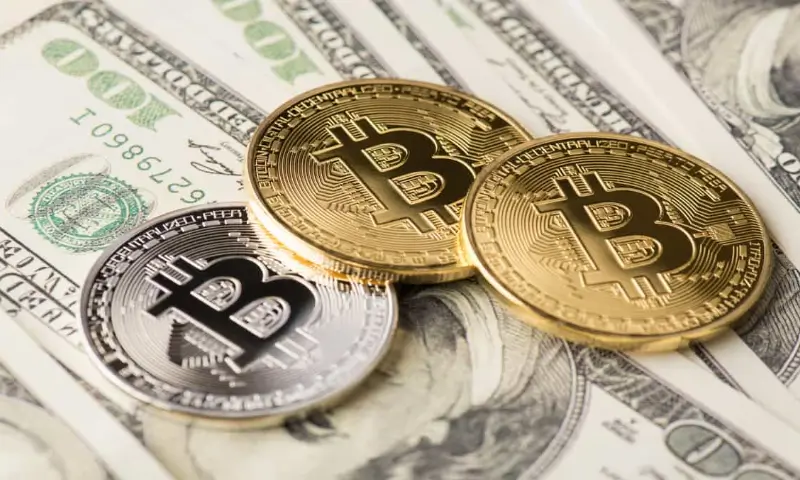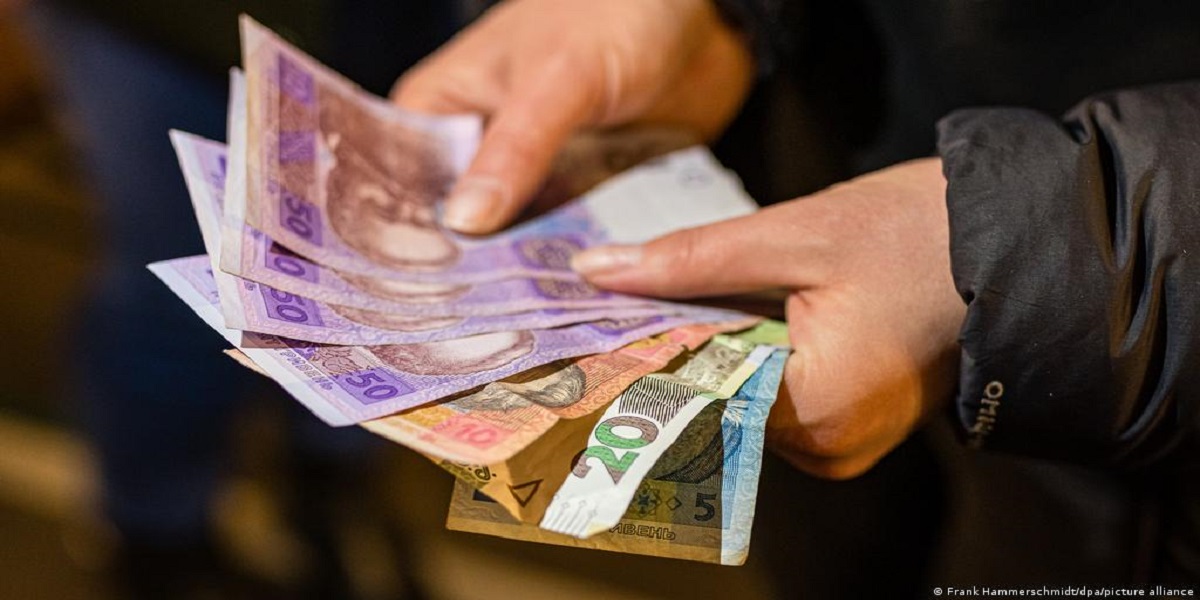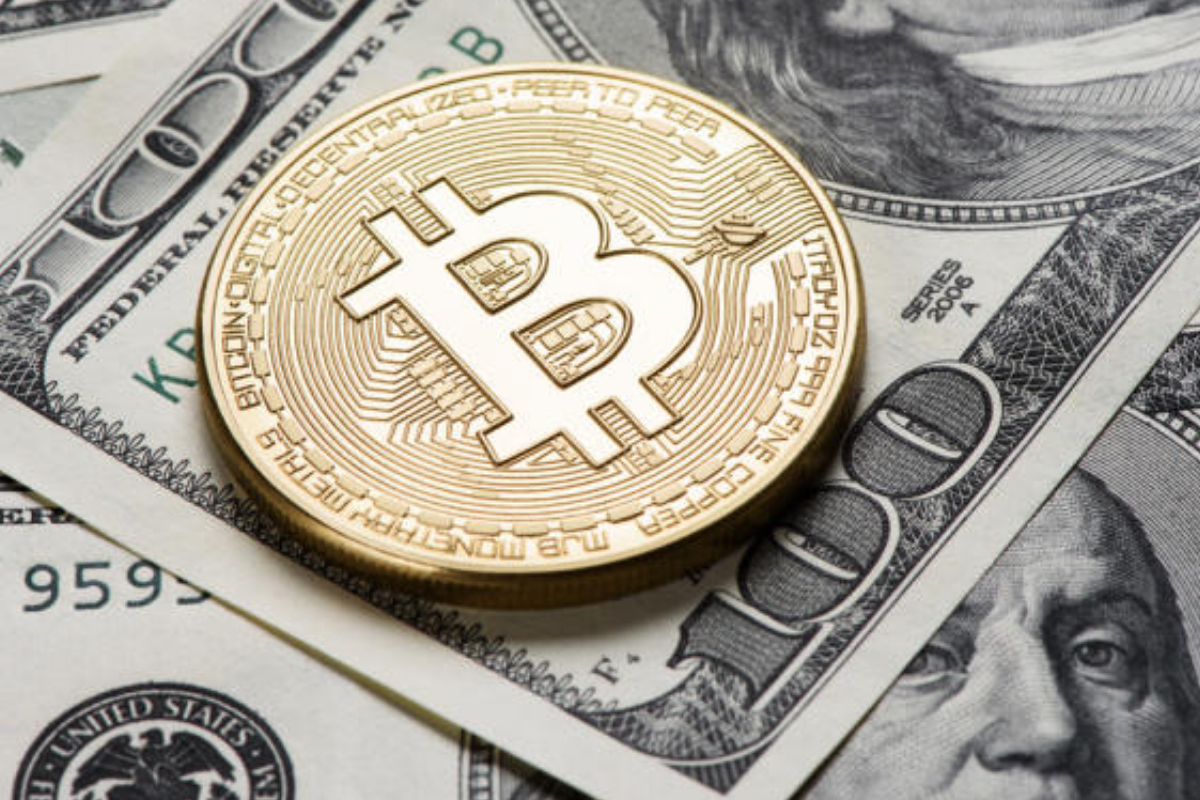- Shinzo Abe was the longest-serving prime minister of Japan.
- He is credited for making the nation more resilient to economic shocks.
- Abenomics failed to increase the voice of women in the workforce, combat nepotism.
Shinzo Abe, the slain former prime minister of Japan, wanted to change the economy.
Prior to his resignation in the late summer of 2020, he was the prime minister of the country with the longest tenure.
The economic programme bearing his name, “Abenomics,” may have garnered the greatest attention during his tenure in power.
The world’s third-largest economy was revived by a slew of stimulus measures and significant changes, but results fell short of expectations.
When Mr. Abe took office in 2012, Japan was experiencing a recession, and during his first term, Abenomics was considered as helping the country back to prosperity.
When Japan’s economy entered a recession in 2020, his attempts to recover it were severely hampered.
The collection of measures that Mr. Abe started implementing in 2012 was his economic platform of choice.
[embedpost slug=”former-japan-pm-shinzo-abe-died-after-shot-at-campaign-event/”]
His strategy was to use the so-called “three arrows” of Abenomics to revive Japan’s economy after two decades of decline:
Monetary policy: To make it more affordable for individuals and businesses to borrow money and spend it, Japan implemented a hyper-easy monetary policy in the form of negative short-term interest rates.
Fiscal stimulus: Adding money to the economy by increasing government spending on projects like infrastructure or providing businesses with financial incentives like tax reductions.
Reforming the corporate sector, increasing the number of women in the workforce, liberalising the labour market, and letting more immigrants work are all examples of structural changes that can serve to reduce labour demands and promote economic growth.
Abenomics was undoubtedly a success as a political branding exercise, even though it fell short of Mr. Abe’s own major economic goal.
When his administration assumed office, the once-vibrant economy of Japan needed to be revitalised but was still dogged by the significant downturn that occurred during the so-called “lost decade” from around 1991 to 2001.
Although not at the same rate as the nation had experienced during its post-war boom, Abenomics did contribute to growth. The economy is still less than the objective of 600 trillion yen (£3.7 trillion; $4.4 trillion) for 2020 set by Mr. Abe’s administration.
But many analysts gave Mr. Abe credit for making the nation more resilient to economic shocks like the pandemic than when he took office nearly eight years earlier as he was leaving office.
When Japan fell back into recession at the beginning of 2020, Mr. Abe’s economic strategy came under scrutiny.
He was criticised for his handling of Covid in the nation as well. He ran programmes to promote domestic travel, which detractors claimed was a factor in the rise of illnesses.
Critics claim that Abenomics failed to fulfil promises to increase the voice of women in the workforce, combat nepotism, and alter toxic work environments.
Haruhiko Kuroda, governor of the Bank of Japan, stated on Friday that Mr. Abe had made significant contributions to “bringing Japan out of chronic deflation” and “achieving sustained economic development.”
In addition, he said he wished to “contribute to Japan’s economic progress” and “show heartfelt respect for Abe’s strong leadership.”
So what does the present hold for the economy of Japan?
Yoshihide Suga, who carried on the Abenomics ideas, followed Mr. Abe as the leader of the Liberal Democrat Party and as Prime Minister when he stepped down in the spring of 2020.
Fumio Kishida, the current prime minister of Japan, succeeded Mr. Suga in October. He is a Liberal Democrat Party (LDP) member, just like his two predecessors, although he told the Financial Times in an interview shortly after taking office that “Abenomics definitely provided results in terms of gross domestic product, corporate profitability, and employment.” However, it fell short of starting a “virtuous cycle.” “By increasing the salaries of a wider spectrum of individuals in order to spur spending, I hope to create a positive economic cycle. I think that’s the main difference between the new kind of capitalism and the old, he remarked.
The current administration has provided assistance to afflicted enterprises and vulnerable households in the wake of Omicron and the spike in energy prices.
The Organization for Economic Cooperation and Development (OECD) now forecasts that the economy will start to perk up and grow by 1.7 percent in 2022 after a sluggish start to the year, with demand being pulled down by Covid and the Russia-Ukraine war. However, it does forewarn that the recovery would be “sluggish”.
[embedpost slug=”japan-will-arrest-and-fine-online-insulters-over-2000/”]

